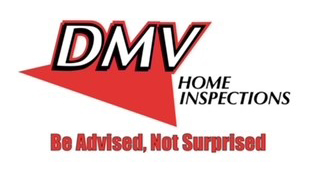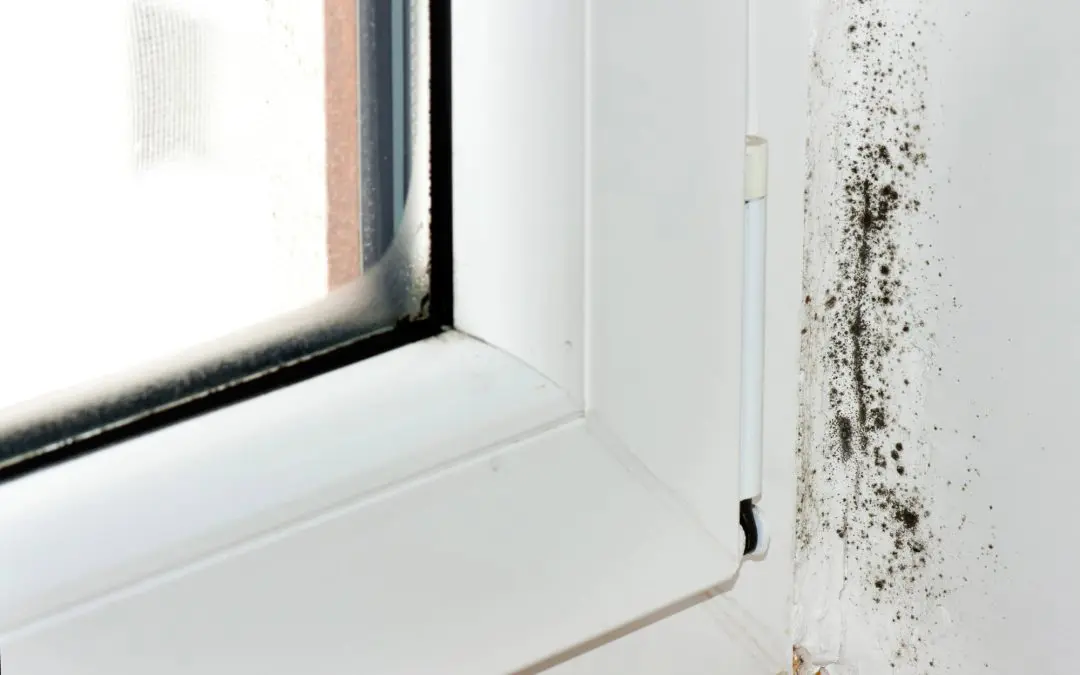Mold—the word sends shivers down any homeowner’s spine. This fuzzy, often unsightly growth is a cosmetic issue that can also harm your family’s health and the structural integrity of your home. Let’s look at the causes of mold growth and how to prevent it.
Moisture Is One of the Main Causes of Mold Growth
Without moisture, mold can’t thrive. Leaky pipes, dripping faucets, and overflowing toilets are obvious culprits, but moisture problems can be more subtle. High humidity levels, especially in poorly ventilated areas like bathrooms and basements, create a breeding ground for mold. Even something as simple as condensation on windows during cold weather can provide enough moisture for mold to take hold. Another often overlooked source is water damage from roof leaks, faulty gutters, or inadequate drainage around the foundation. These issues allow water to seep into walls and crawl spaces, creating hidden moisture pockets perfect for mold growth.
Food Source: What Mold Eats
Mold isn’t picky when it comes to food. It can feast on various organic materials commonly found in homes. This includes wood, drywall, paper, cardboard, fabric, and dust. Any surface that contains carbon can serve as a food source for mold. This is why mold grows in so many different places, from the back of closets to the underside of carpets. Dust, which contains organic debris like dead skin cells and pet dander, further contributes to mold growth, especially in areas that aren’t cleaned regularly.
Temperature
Mold thrives in moderate temperatures, typically between 60 and 80 degrees Fahrenheit. This is why it often flourishes in indoor environments. While extreme temperatures can inhibit mold growth, they aren’t a reliable long-term solution. For instance, simply turning down the heat in your home won’t kill existing mold, and once the temperature returns to normal, the mold will continue to grow.
Time: A Race Against the Clock
Given the right conditions – moisture, food, oxygen, and a suitable temperature – mold can begin to grow within 24 to 48 hours. This rapid growth is why promptly addressing water damage or moisture problems is crucial. The longer these conditions persist, the more extensive the mold growth will become, making remediation more complex and expensive.
Spores: The Seeds of Mold
Mold spreads through microscopic spores in the air everywhere, indoors and outdoors. These spores are constantly circulating, and it’s impossible to eliminate them completely from your home. The presence of spores alone doesn’t guarantee mold growth, though. It’s the combination of spores with the other factors mentioned above—moisture, food, and suitable temperature—that leads to a mold problem. Think of spores as seeds; they need the right soil and conditions to germinate and grow.
Understanding these key factors contributing to mold growth is the first step in protecting your home and your family’s health. Remember these tips to create an environment that is less hospitable to mold.
Causes of Mold Growth FAQs
How can I tell if I have mold in my house?
Visible growth is the most obvious sign. Mold can appear as fuzzy patches in various colors, including green, black, gray, or white. A musty or earthy odor can also indicate the presence of mold, even if it’s not visible. If you suspect mold but can’t see it, you might hire a professional mold inspector to conduct air or surface sampling.
Is all mold dangerous?
While some molds are more harmful, all kinds should be treated cautiously. Mold can trigger allergies, asthma attacks, and other respiratory problems. It’s best to avoid contact with mold and address mold growth promptly, regardless of the specific type.
How do I clean up mold?
Small areas of mold can often be cleaned with soap and water or a diluted bleach solution. Wear protective gear, including gloves and a mask, to avoid inhaling mold spores. Hiring a professional mold remediation company is generally recommended for larger infestations.
How can I prevent mold growth?
The key to mold prevention is moisture control. Fix leaks promptly, maintain proper ventilation, keep humidity levels low, and clean regularly to remove dust and potential food sources. Use dehumidifiers in damp areas like basements and bathrooms.
What should I do if I find mold after a flood?
Floodwater can contain contaminants that can make mold remediation more complex. It’s essential to contact a professional water damage restoration company as soon as possible to remove the water and dry the affected areas thoroughly. This will help prevent mold growth and protect your home from further damage.
DMV Home Inspections offers inspection services to homebuyers and sellers in the Washington DC metro area. Contact us to schedule an appointment.

